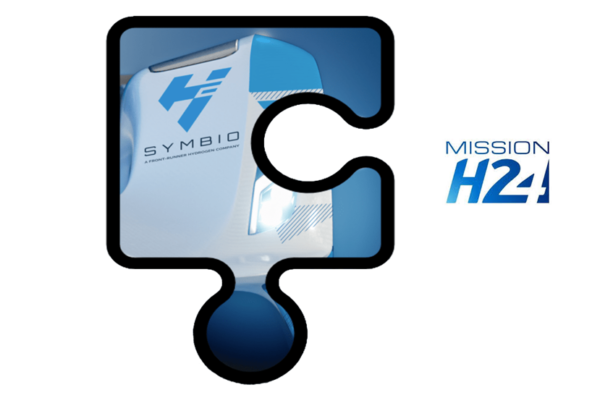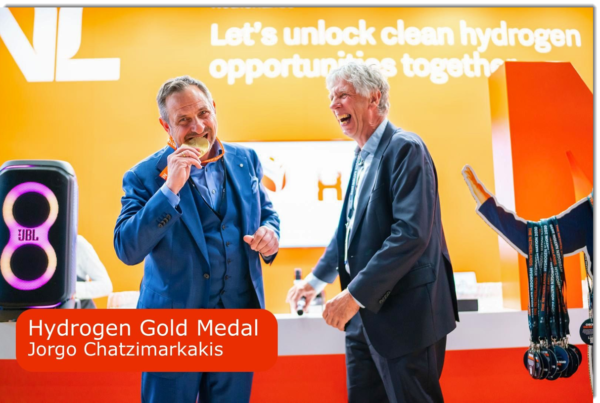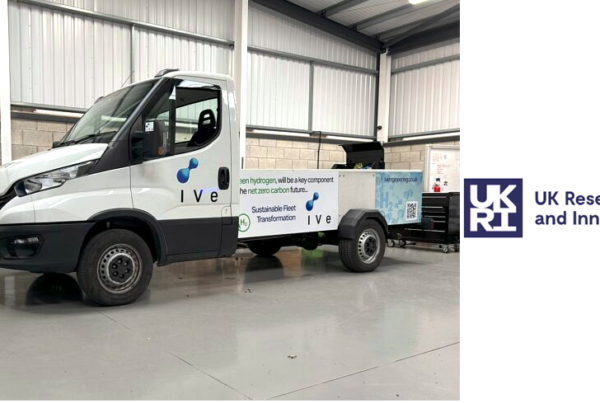
Hydrogen is not just a buzzword in the clean energy landscape; it’s steadily proving its worth as a fuel of the future. Among various methods to produce hydrogen, the electrolysis of water—particularly when powered by renewable energy—has been grabbing headlines. But now, an innovation from China is submerging this technology, literally, into new depths by directly electrolyzing seawater.
The team behind this leap, led by scientist Wang Erdong at the Dalian Institute of Chemical Physics, a part of the Chinese Academy of Sciences, recently reported over 2000 continuous hours of stable hydrogen production from seawater. The unit they used for this project wasn’t just effective—it was impressively energy-efficient, with an average DC power consumption of a mere 4.04 kWh per cubic meter of hydrogen.
The direct electrolysis of seawater might sound straightforward, but it’s anything but. The sea is a complex brew of different ionic elements like chloride, magnesium, and calcium ions. These ions have been notorious for triggering side reactions that could, among other things, precipitate chlorine and corrode the equipment, making the process less reliable and efficient.
Focusing on comprehensive solutions, the team dealt with the challenges head-on. They ran the gamut of the production process, delving into foundational research, material development, and system design integration. With their cohesive approach, they tackled challenges related to catalyst development, electrode reactions, and electrolyte regulation.
The fruits of their labor include advanced chlorine-resistant electrodes for oxygen evolution, electrodes that prevent calcium and magnesium ion deposits for hydrogen evolution, a high-efficiency electrolyzer design specific to seawater, and automated control tech for electrolyte concentration. These innovations are not just academic exercises; they have resulted in 17 patent applications around seawater electrolysis, forming a robust intellectual property portfolio for the team.
What’s perhaps most impressive is the actual performance of the 1 cubic meter per hour seawater hydrogen production unit. Using natural seawater from the Dalian Sea, the unit showcased extraordinary stats during its 2000-hour test run: an average chamber voltage of 1.69V, an energy efficiency of 4.04 kWh per cubic meter of hydrogen, and an oxygen chlorine content less than 20 parts per billion.
Not ones to rest on their laurels, Wang Erdong and his team are already hard at work on the next iteration, which has more than doubled the current density of the electrolyzer under the same voltage, boosting efficiency even further.
Read the most up to date Fuel Cell and Hydrogen Industry news at FuelCellsWorks




